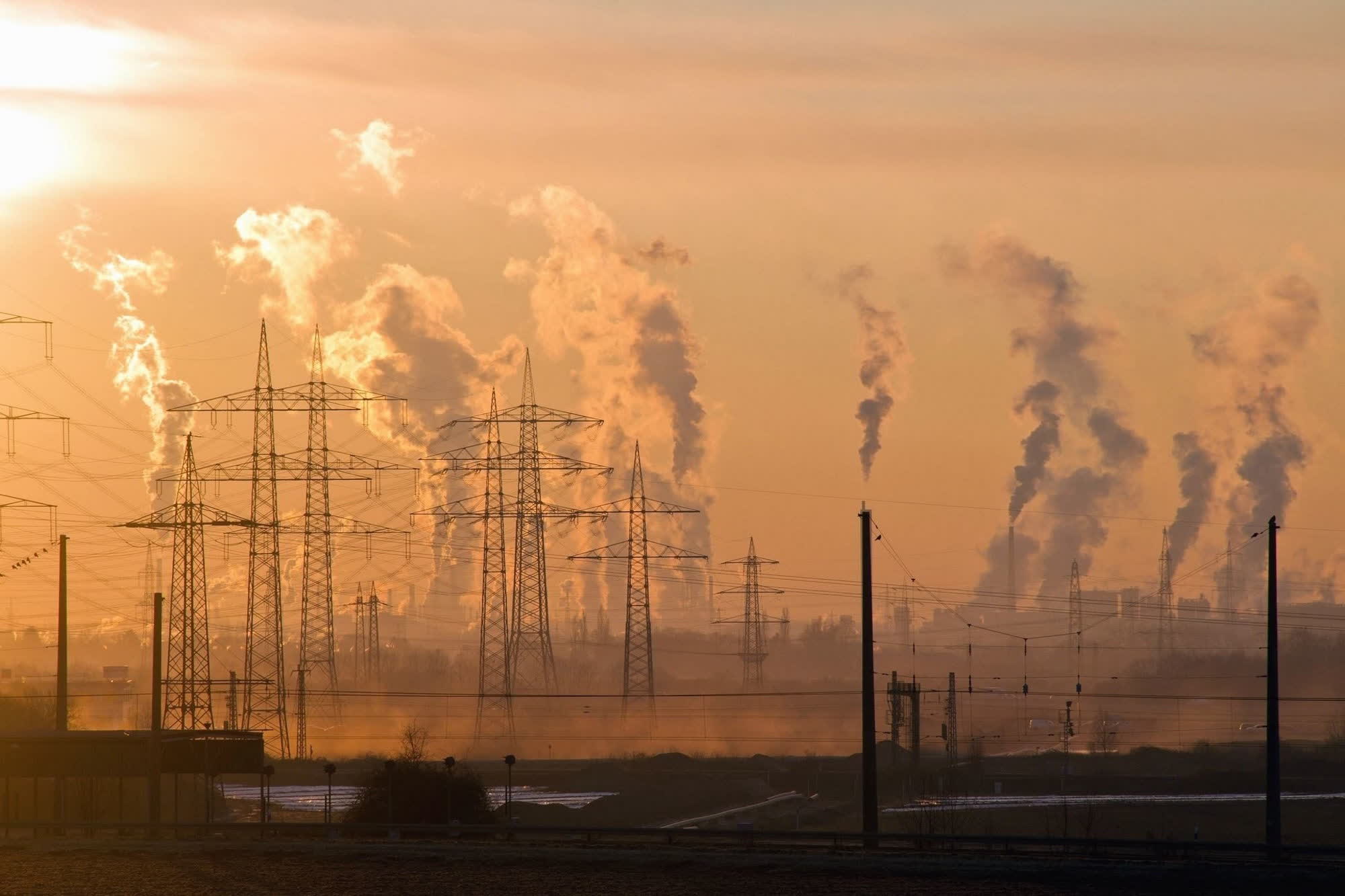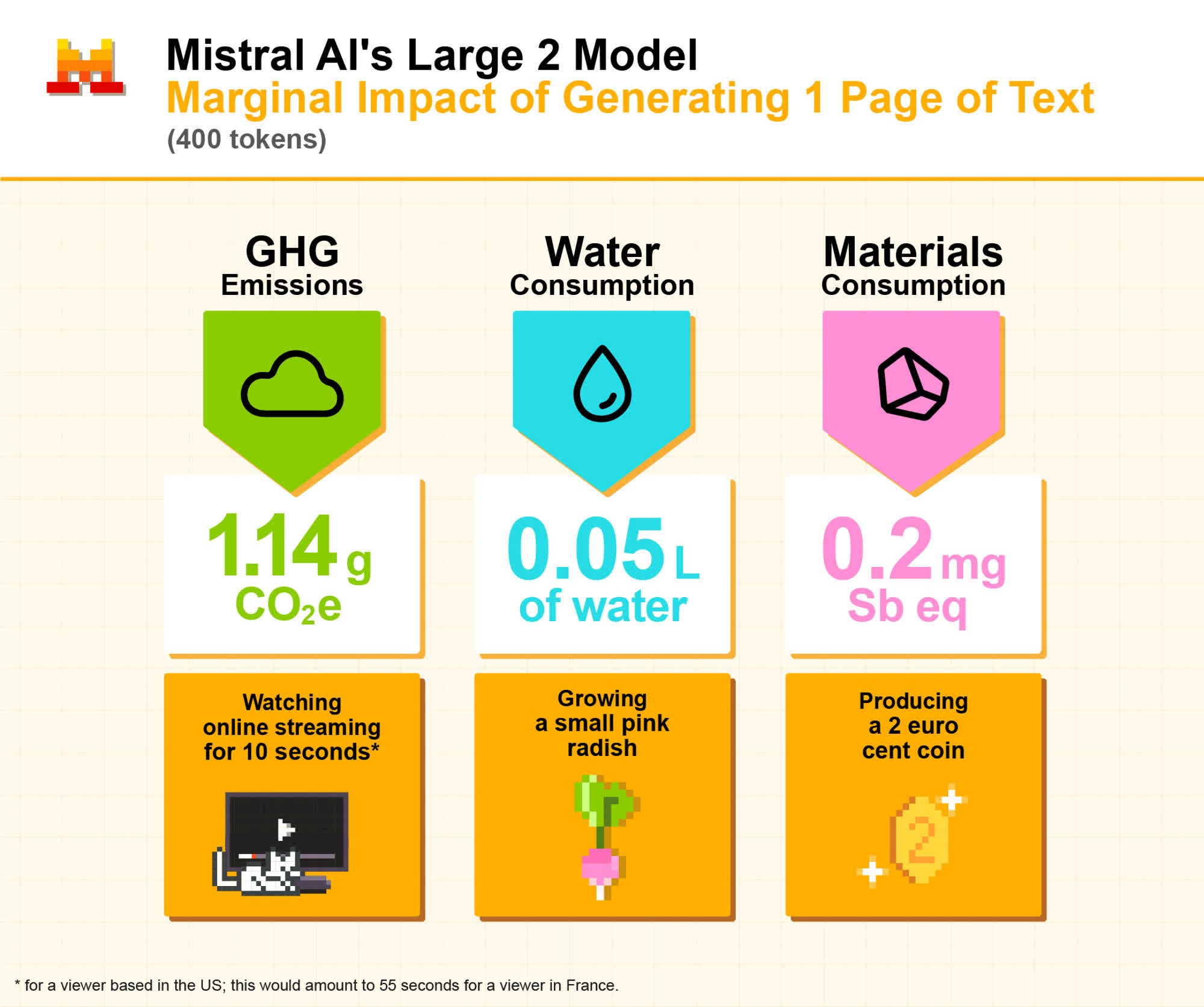What just happened? Mistral AI, a Paris-based venture focused on developing open-weight, open-source large language models, is now contributing to the AI discourse with a comprehensive lifecycle analysis of one of its models – guided by the same principles of openness that define its work.

Mistral recently published an analysis of the environmental impact of one of its large language models. As chatbots and other AI-powered technologies become increasingly embedded in the global economy, Mistral emphasized the importance of understanding – or at least estimating – the environmental footprint of these systems. The impact, the company warned, can be substantial.
To conduct the study, Mistral partnered with sustainability consultancy Carbone 4 and the French ecological transition agency. The findings were also peer-reviewed by environmental consulting firms Resilio and Hubblo. The analysis focused on the full lifecycle of the Mistral AI Large 2 model, evaluating its impact across three key areas: greenhouse gas emissions, water use and depletion, and material consumption.
Unsurprisingly, the study confirms that the most environmentally taxing phases of an AI model's lifecycle are training and inference. According to Mistral, 85.5 percent of the model's total GHG emissions and 91 percent of its water consumption occurred during model development and user interaction.
As of January 2025, after 18 months of operation, Mistral's Large 2 model had generated 20.4 kilotons of CO₂ emissions and consumed 281,000 cubic meters of water. The marginal impact of inference – measured by a user prompting the "Le Chat" chatbot for a 400-token response – was estimated at 1.14 grams of CO₂ and 45 milliliters of water.
According to Mistral, this is roughly equivalent to the greenhouse gas emissions generated by watching a streaming video for 10 seconds in the US. In simpler terms, a single chatbot query won't melt Antarctica, but millions or billions of users interacting with these systems over weeks and months will undoubtedly contribute to the planet's environmental challenges.
Mistral acknowledges several limitations in its study, particularly the difficulty of accurately quantifying hardware degradation caused by LLM workloads on GPUs and data center infrastructure. Even so, the reported figures align closely with environmental impact estimates from other research and institutions.
The French AI company plans to release updated versions of this environmental report in the future and is calling for greater transparency across the AI industry. Its stated goal is to help steer the sector toward alignment with global climate objectives, though it notes that the Trump administration is currently pursuing policies that run counter to that aim.
